
Logistics Industry



Our Key Solution Areas
- Vendor / Supply Management
- Consumption-based Forecasting
- Real-time IoT Data Processing

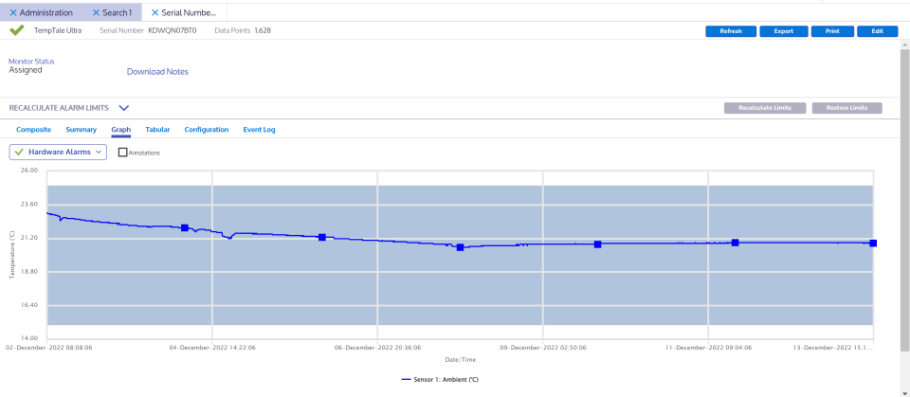
- Asset Tracking and Predictive Maintenance
- AI-powered Quality Control
- Smart Manufacturing

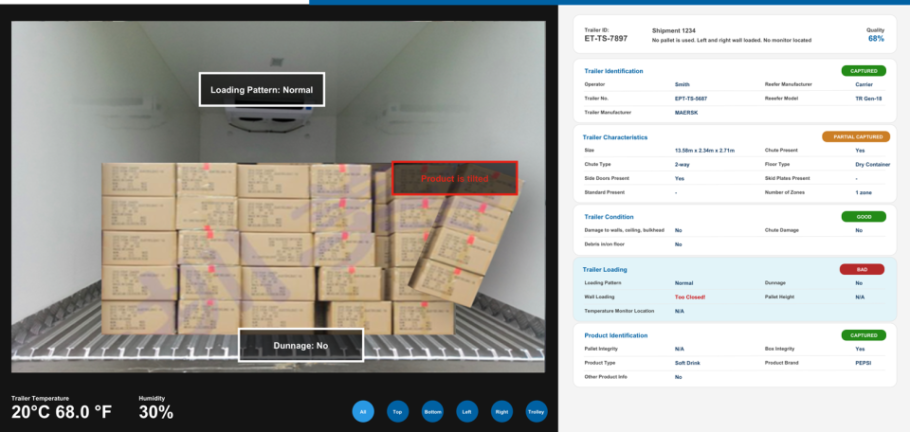
- Intelligent Field Service
- Inventory Counting
- Automated Invoice Processing

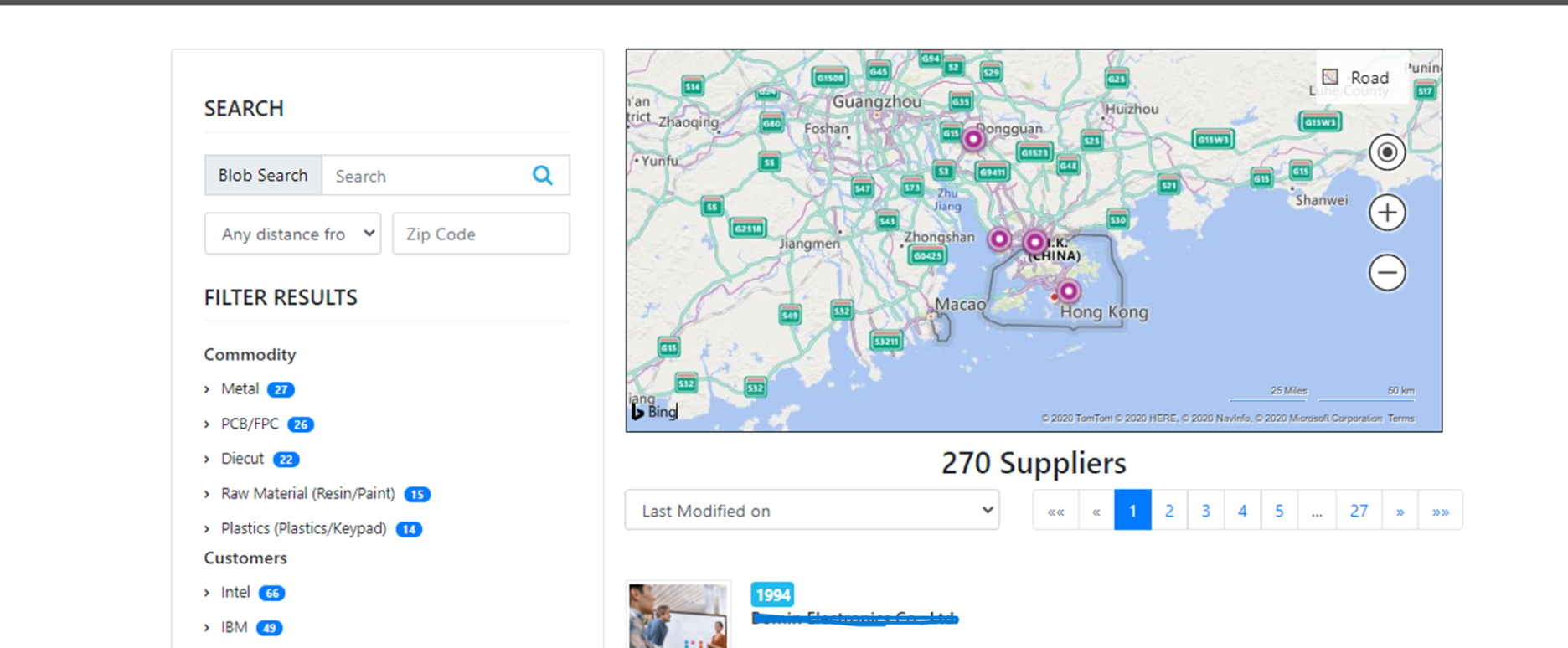
- Work Planning System
- Supplier Onboarding
- RPA Solution


Our Success Stories in Logistics Industry
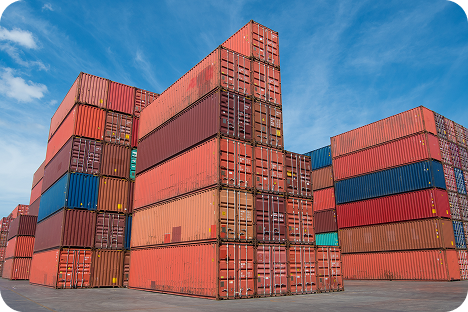
Global #1 Cold Chain Logistics Firm
The logistics firm faced the challenge of managing an increasing volume of streaming data from IoT devices, which was becoming cost-prohibitive. They needed a platform that could not only handle the growing terabytes of data but also provide better scalability, extensibility, and manageability to support their critical Line of Business (LOB) Applications.
Bamboo's solution encompassed a discovery and assessment of on-premises resources, a strategic migration plan with ongoing data sync, and post-migration optimization through best practices and continuous monitoring. As a result, the firm integrated extra data sources, enhancing core application functionality to manage a 300% increase in business requests, achieved 30% cost savings through an extensible architecture, and improved operational insights by 30% with Azure service integration.
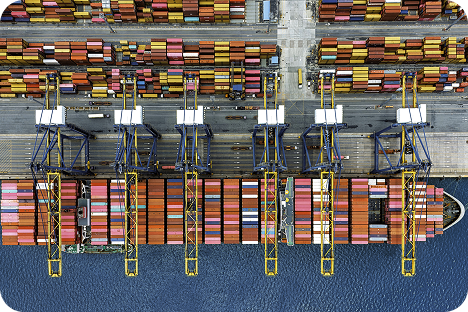
A Global Logistics Firm Headquartered in US
Bamboo's collaboration with a global logistics firm to provide an IoT Platform at scale with Azure Cognitive Services & IoT Edge is a testament to innovation and efficiency.
The firm faced a significant challenge as the increase in shipment quantity demanded higher efficiency, posing risks for temperature-sensitive goods. To address the challenges, Bamboo provided a comprehensive solution utilizing the power of computer vision and AI for shipping quality evaluation, with features like Key Frame Extraction, Spatial Reconstruction, and OCR. The results were transformative: an 80% gain in efficiency by reducing human effort in evaluating shipping quality and a 30% reduction in time and operational costs through continuous monitoring of shipping conditions.

